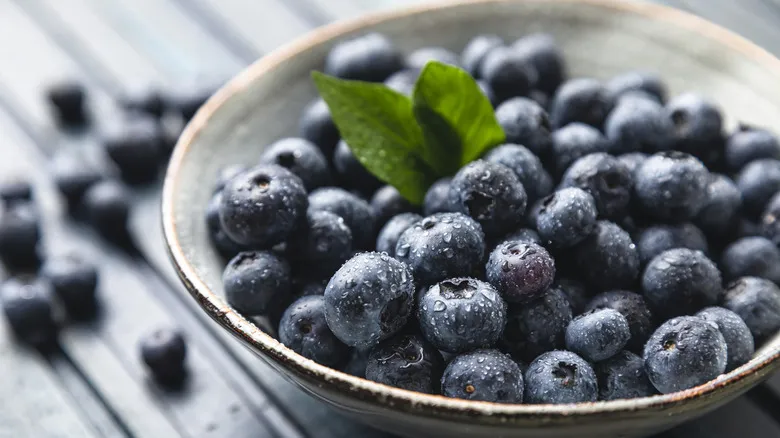Why the Pacific Northwest dominates blueberry production

Blueberries flourish under a very particular set of environmental conditions. They require humidity but not heat, thriving in areas with cold winters and mild summers. Washington and Oregon are well-known for their rainy weather, which maintains high humidity levels throughout most of the year. Located at northern latitudes, these states also enjoy cooler temperatures for a significant portion of the year.
The high latitude has two additional key impacts on blueberry cultivation. First, during the summer months, Washington benefits from longer daylight hours than nearly any other state, with up to 16 hours of sunlight. Second, Washington experiences the most significant variation between daytime and nighttime temperatures of any state, a phenomenon known as diurnal shift. These dramatic fluctuations from warm to cool and back again contribute to the development of acidity in blueberries, resulting in a delightful balance of sweetness and tartness.
In summary, the Pacific Northwest offers the perfect climate for blueberry cultivation. Interestingly, this region only emerged as a major player in blueberry production in the last decade. Until 2015, Georgia was the leading state in blueberry output, but throughout the 2010s, Washington saw a rapid and significant increase in blueberry farms. This surge was driven by a skyrocketing demand for blueberries, which gained popularity for their antioxidant properties, establishing them as one of the top superfoods to incorporate into a healthy diet.
Recommended

Why Apple Pie And Cheddar Cheese Is Such An Iconic Pairing

How Tuna Tartare Went From A Last Minute Substitute To Prestige Appetizer

What Exactly Is Paprika Made From?

What Flavor Are Candy Circus Peanuts, Anyway?
Next up

